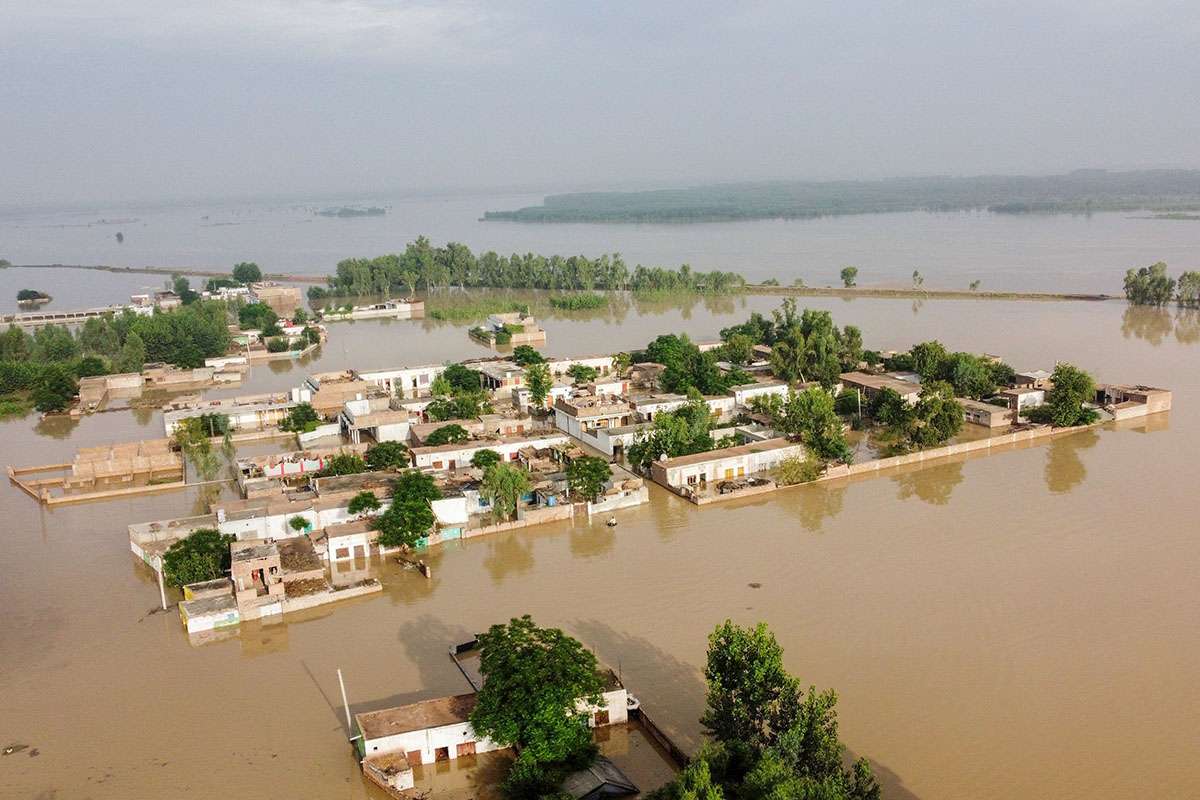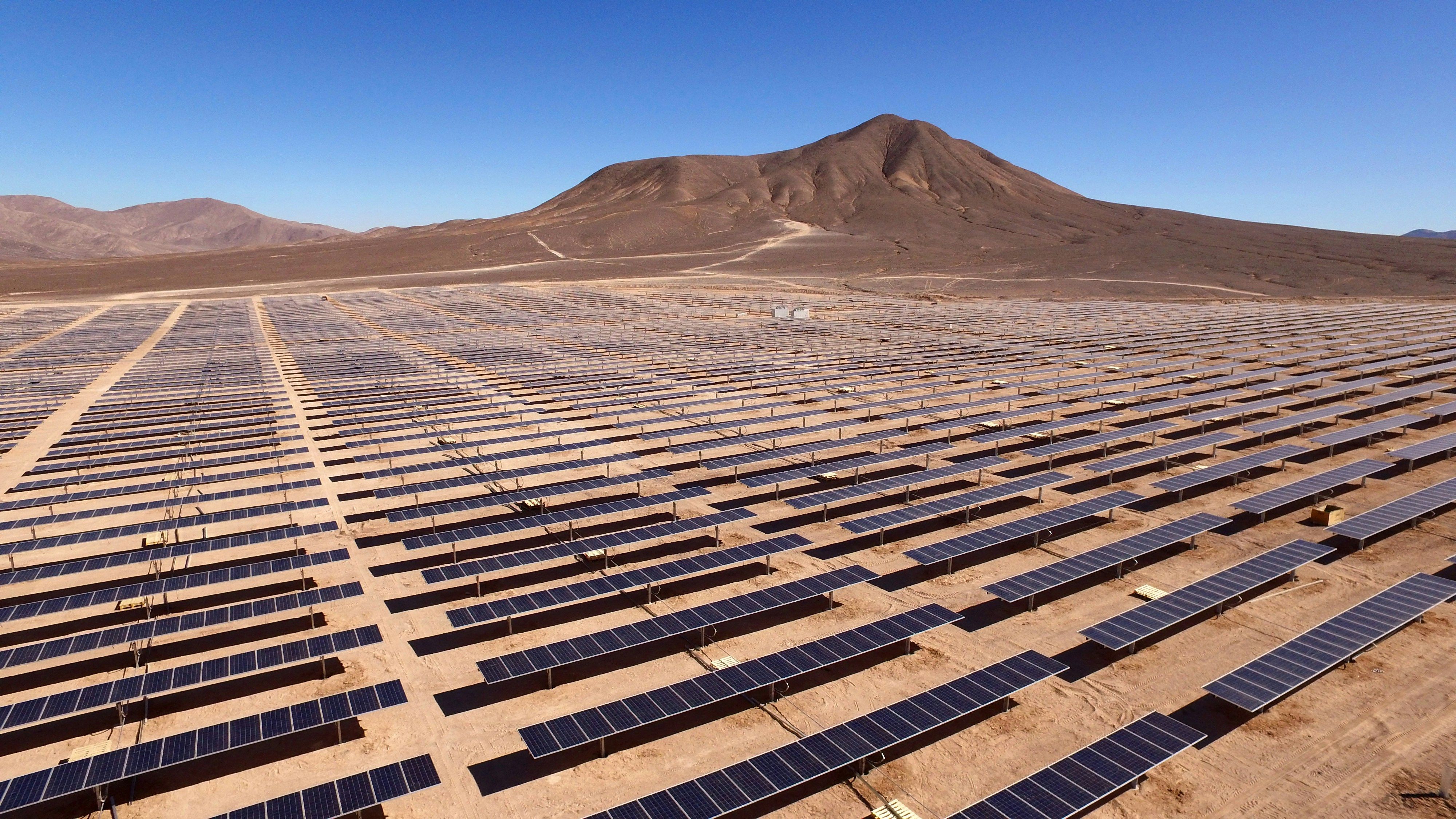- 11 October 2022
- No Comment
- 175
Why Floods in Pakistan are More Serious than you think?

The most devastating floods in recent Pakistani history were caused by torrential monsoon rains, which also washed away villages and left about 10 million children in need of immediate, life-saving assistance. in need of help and more likely to suffer from starvation, water-borne diseases, and drowning.
The extent of the destruction is becoming more and more clear as the floodwaters recede. Along with numerous public health facilities, water systems, and schools, hundreds of thousands of residences have also been destroyed or damaged. Kids and teens are exposed to a range of flood-related risks and hazards, like damaged houses and drowning in floodwaters, living in the open with their families without access to drinking water, food, or any means of support.
In response, Organizations are working with the government and its partners to provide children and families with safe drinking water, life-saving medical equipment, therapeutic food supplies, and hygiene kits. In addition, we are setting up temporary learning facilities and contributing to the mental well-being and protection of children affected by these terrible floods.
But much more needs to be done to ensure that we can help all flood-displaced families recover from this climate catastrophe. The terrible storms, floods, and landslides caused by this year’s heavy monsoon rains in Pakistan have affected almost 33 million people, including roughly 16 million children. Several significant rivers burst their banks, and dams overflowed, damaging homes, farms, and vital infrastructures like roads, bridges, schools, hospitals, and public health institutions in addition to homes and other buildings.
The sanitation and water supply infrastructure damage has left 5.5 million people without access to clean drinking water. Many families have been forced to drink disease-filled water despite organizations providing over a million liters of clean water daily. Currently, they are suffering the most from lethal water-borne illnesses like cholera, diarrhea, dengue fever, and malaria, which exacerbate their already severe malnutrition.
Areas already suffering from high rates of hunger and diseases have severely been impacted by the flash floods in Pakistan which include the rural areas of Sindh, Balochistan, and South Punjab.
NGOs are doing everything within their power to support the affected children and families and shield them from the continuous hazards of waterborne infections, malnutrition, and protection threats. With the help of partners, Organizations are on the ground bringing vital medical supplies and other emergency aid to children and women who have been affected by the floods.
Departments have provided immediate emergency services and supplies using pre-positioned emergency resources. To name a few, there are mosquito nets, water to drink, pills to purify the water, hygiene kits, drugs, vaccinations, and therapeutic nutritional supplements for kids. While helping communities that have been evacuated, numerous mobile health clinics are concurrently saving lives.
Additionally, NGOs wish to assist kids in getting back to school and will work with the government to restart vital kid-focused services as soon as feasible. To assist kids in recovering from trauma and resuming a routine, Organizations have set up more than 200 temporary learning facilities. The world’s assistance in these trying times could save lives. Donations will enable officials to provide vital, urgent, and life-saving resources to more children and families.
Children are the ones that suffer first and worst during sudden emergencies like earthquakes and hurricanes. In addition to the immediate, catastrophic effects of a disaster—deaths, and devastation of houses and communities—the turmoil of an emergency can jeopardize people’s ability to acquire food, shelter, and social support.Access to basic medical care, including the supplies and drugs that could save their lives, is regularly denied to mothers and children.
Families may not have access to proper facilities for sanitation and hygiene due to damaged infrastructure, which makes kids more vulnerable to waterborne illnesses. Children may lose routine and safety if schools are destroyed. Without education, people run the risk of sacrificing their futures.



